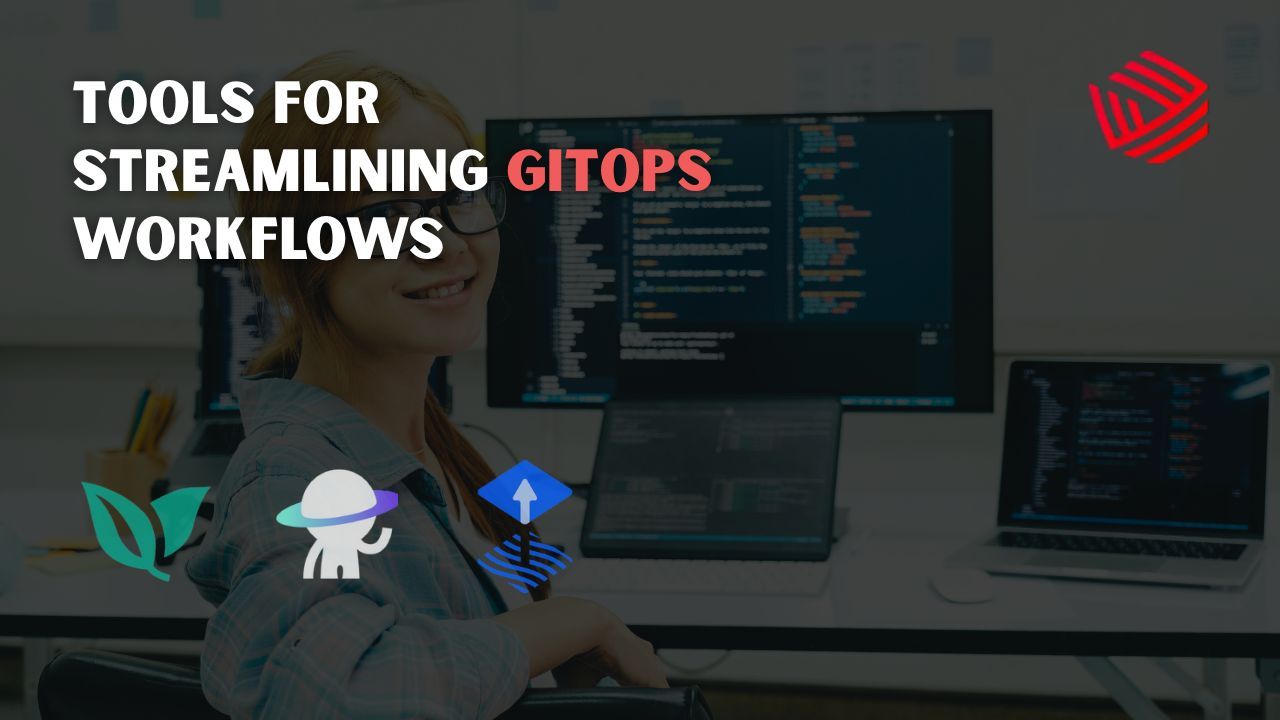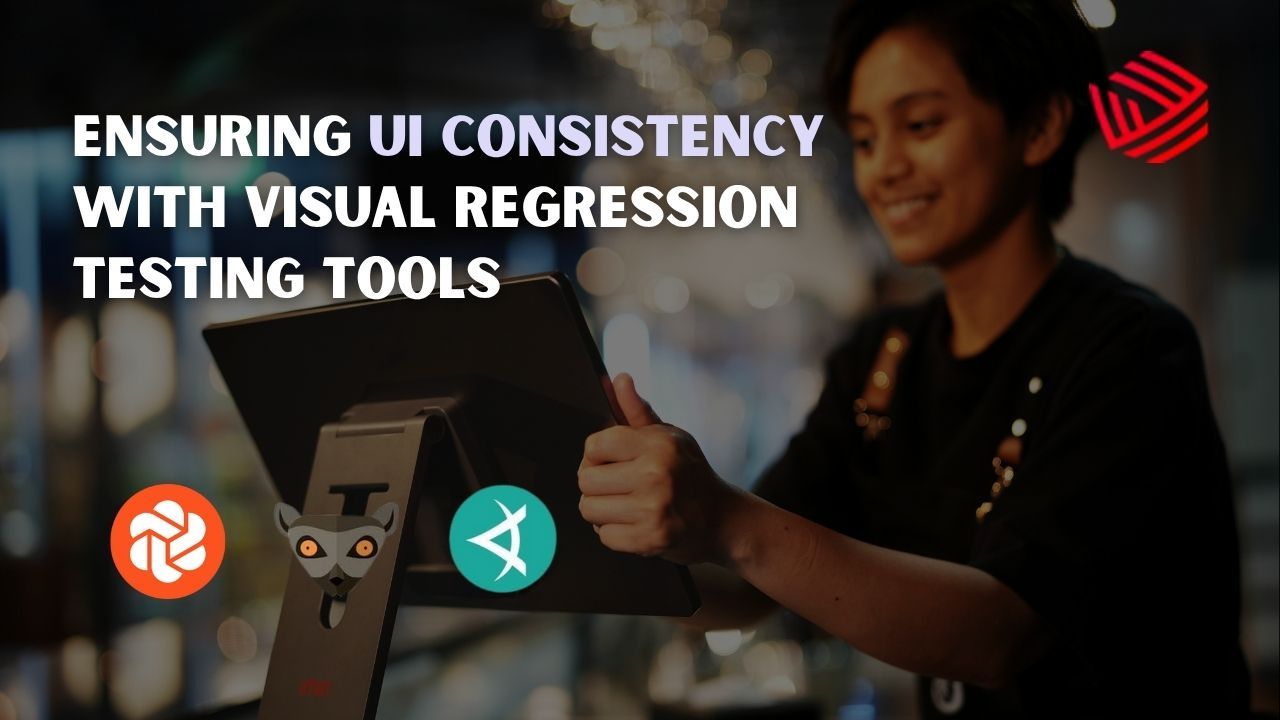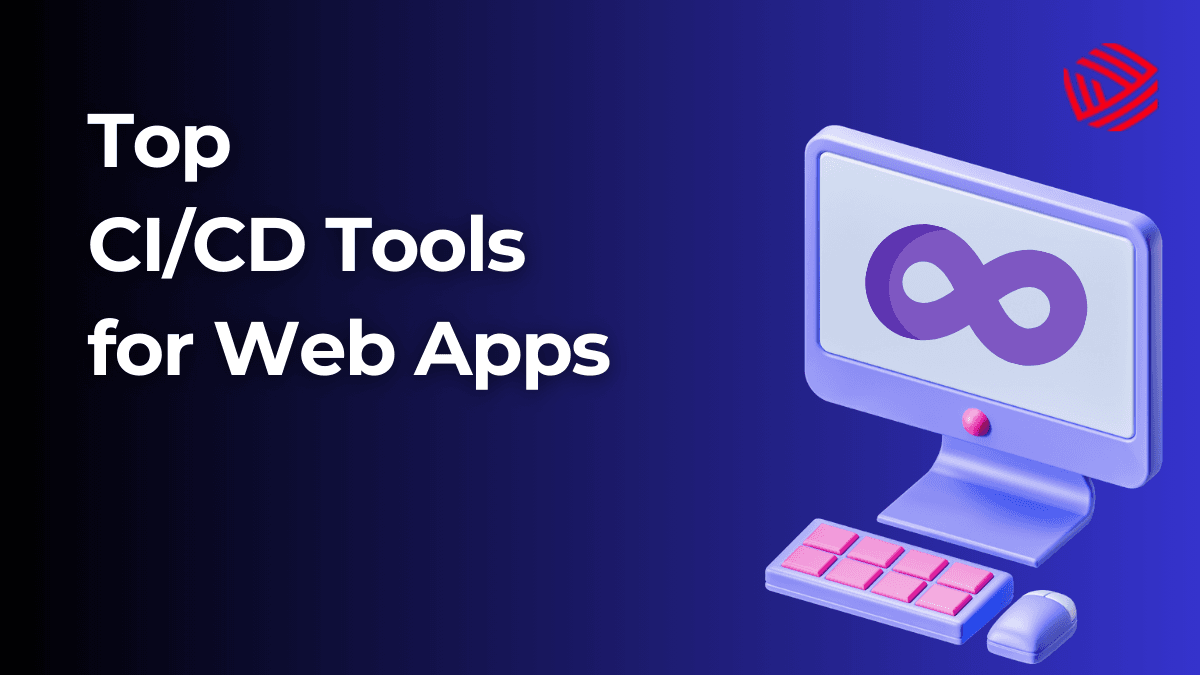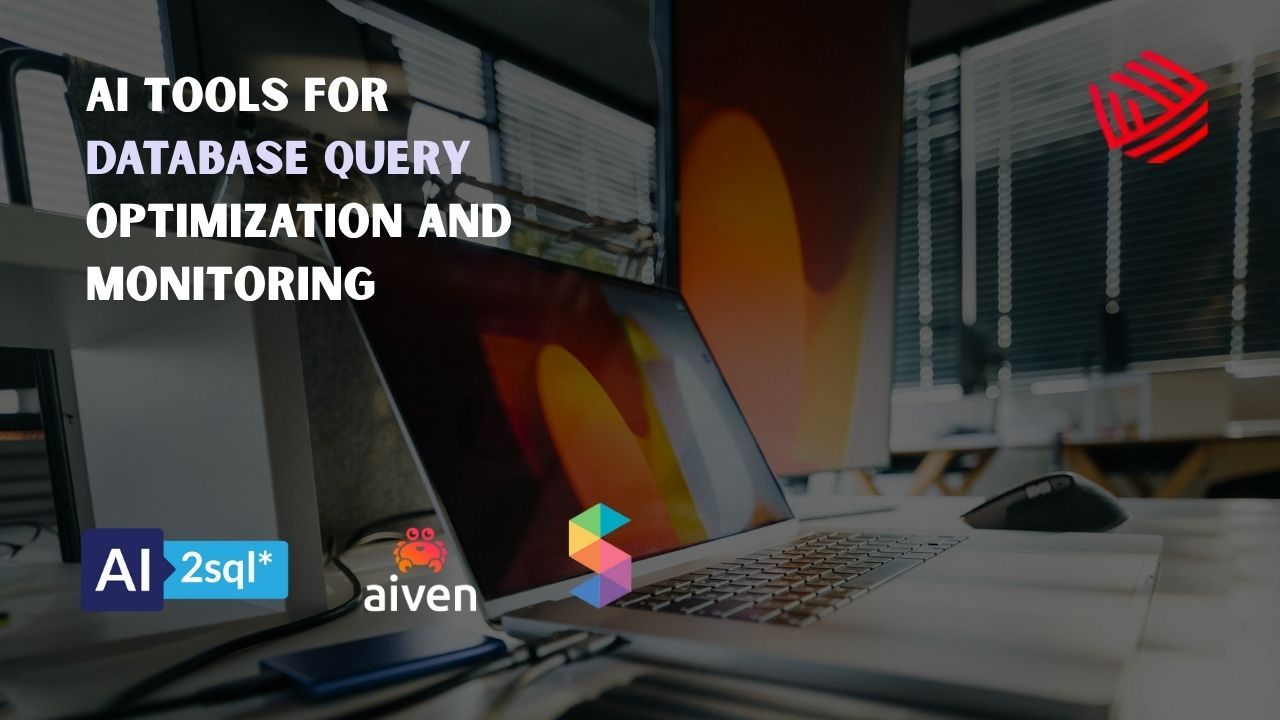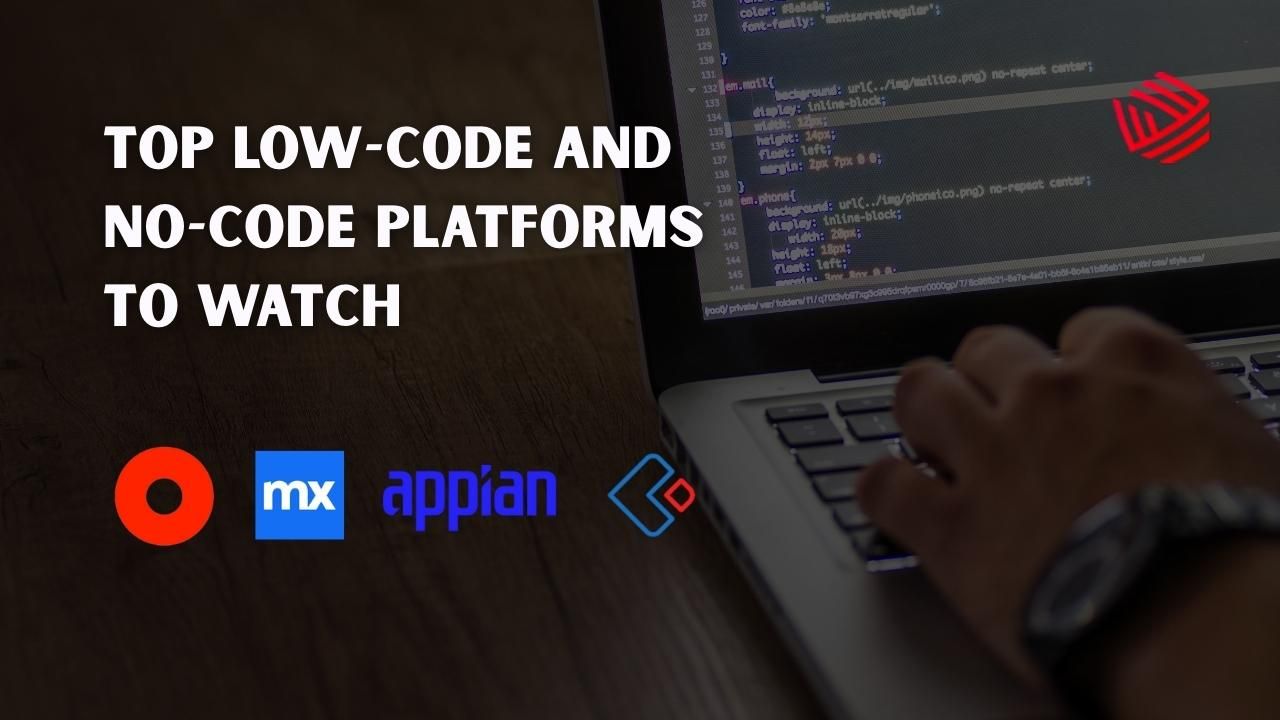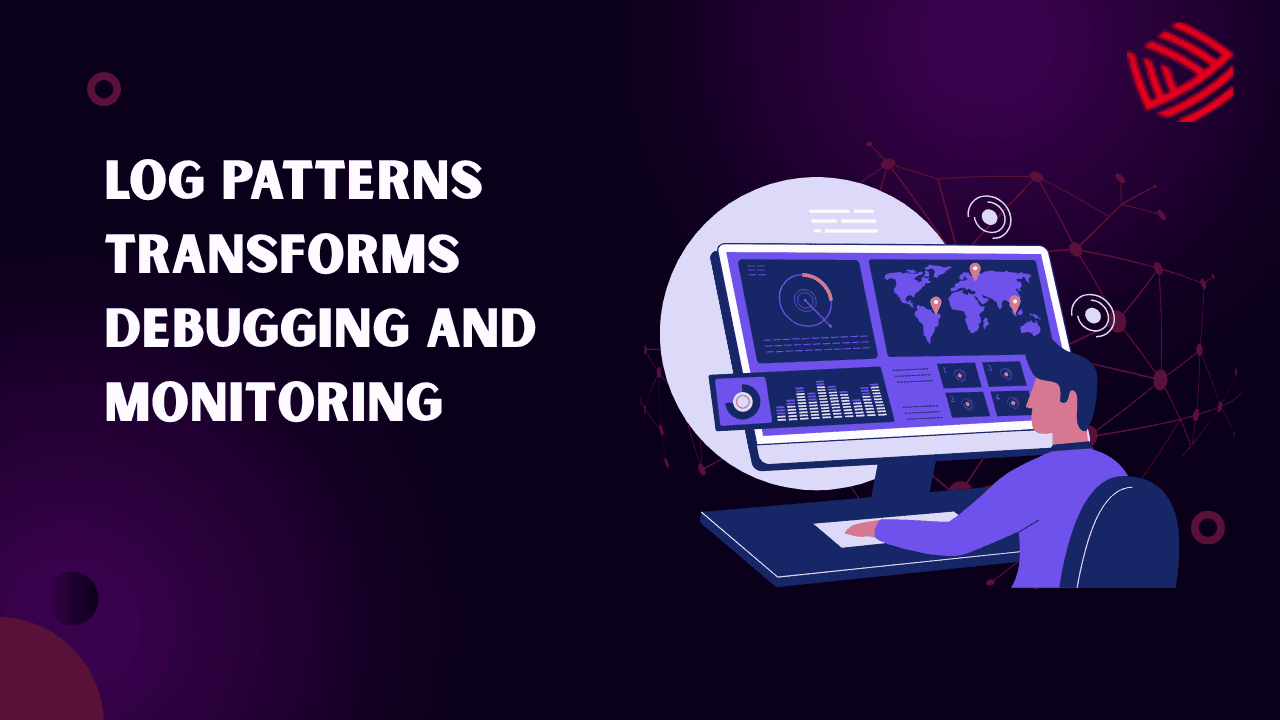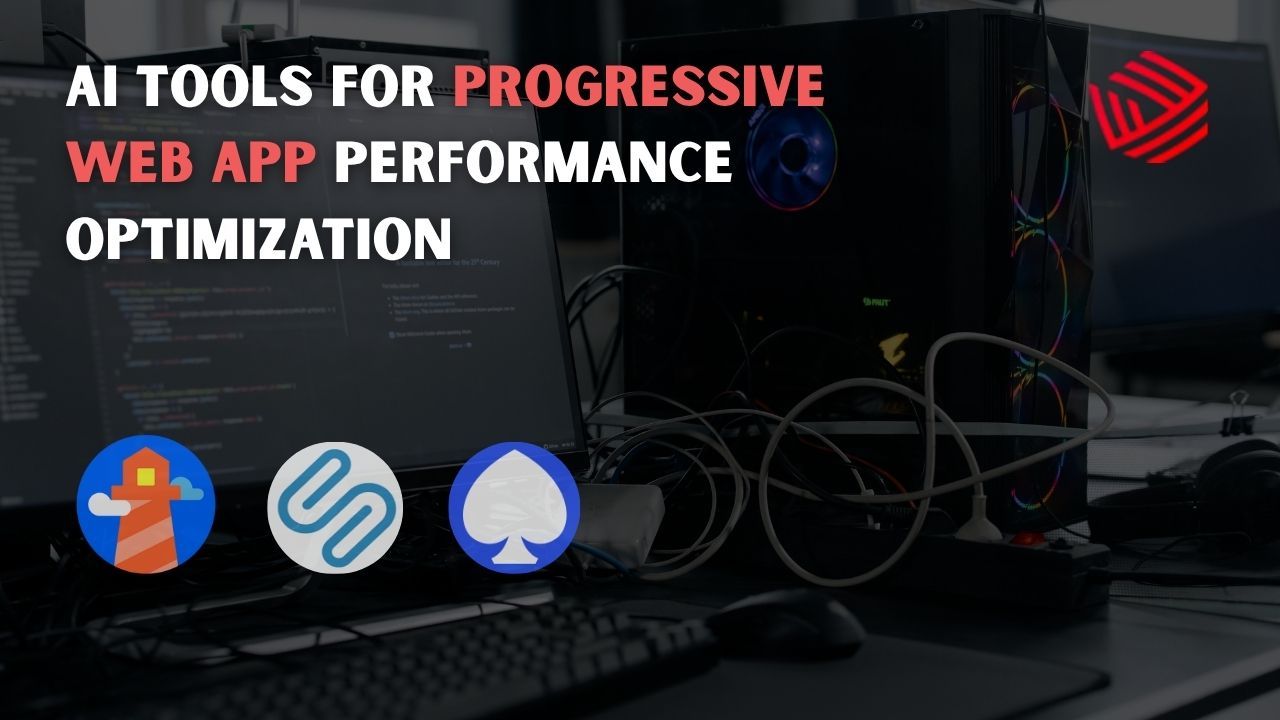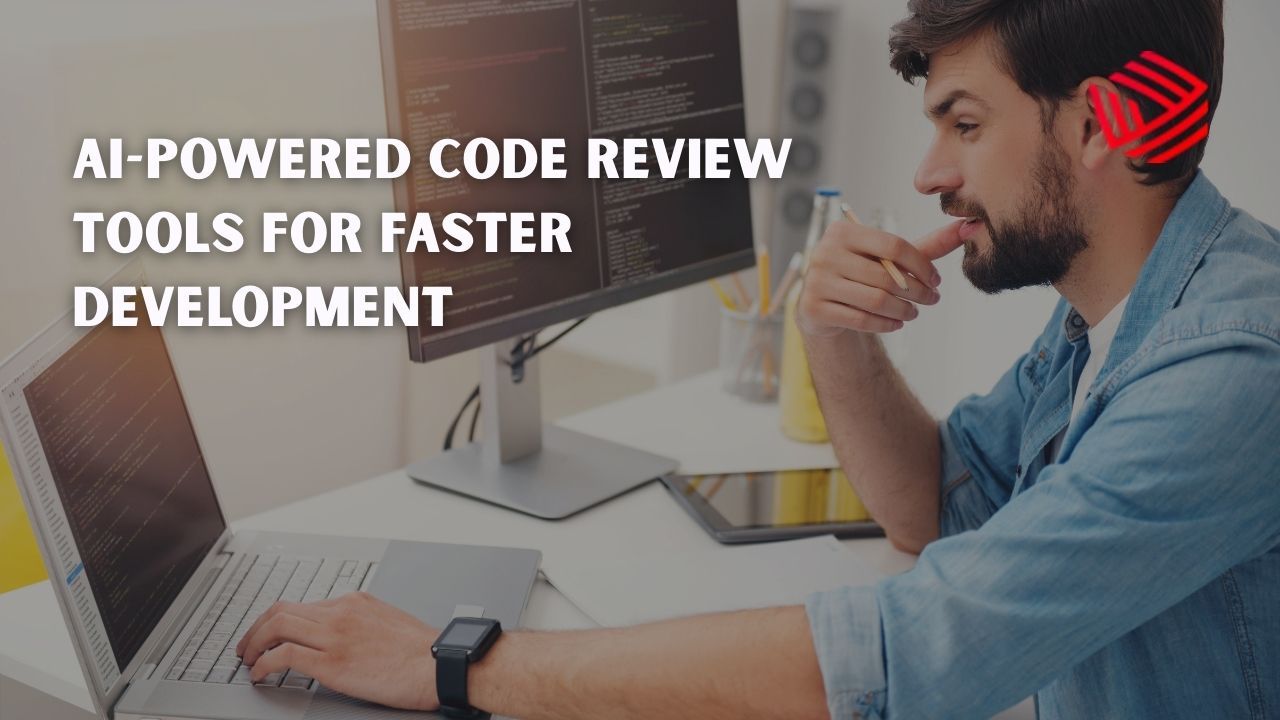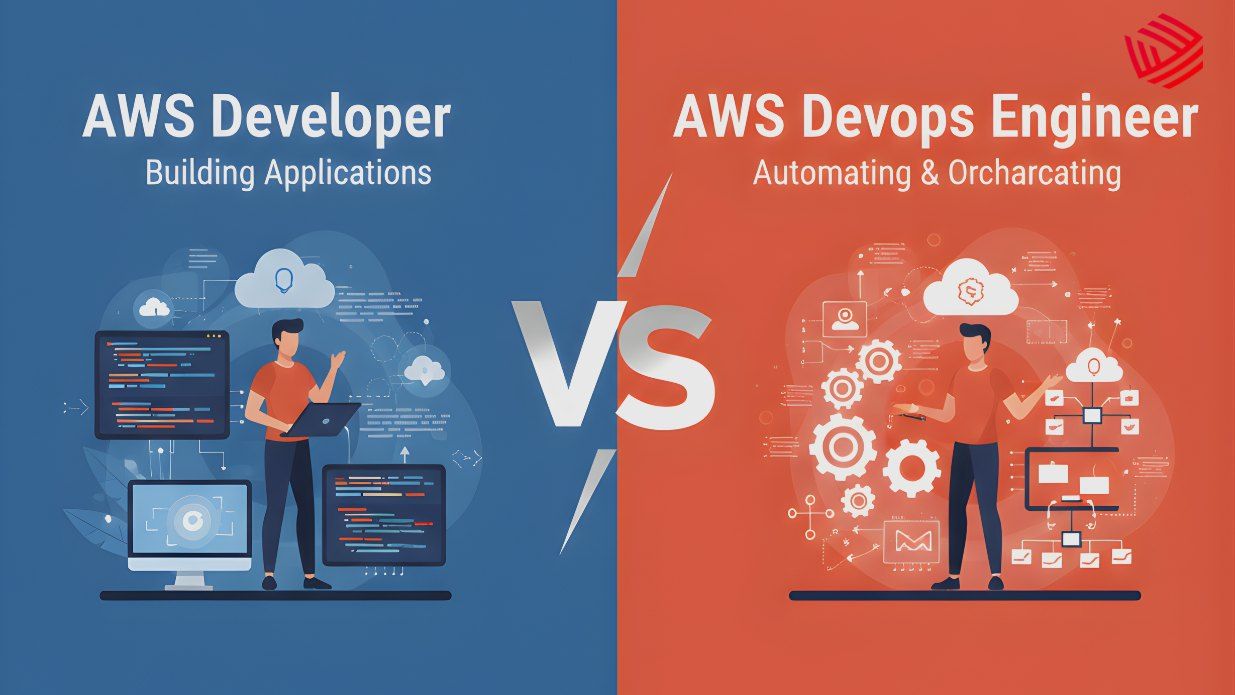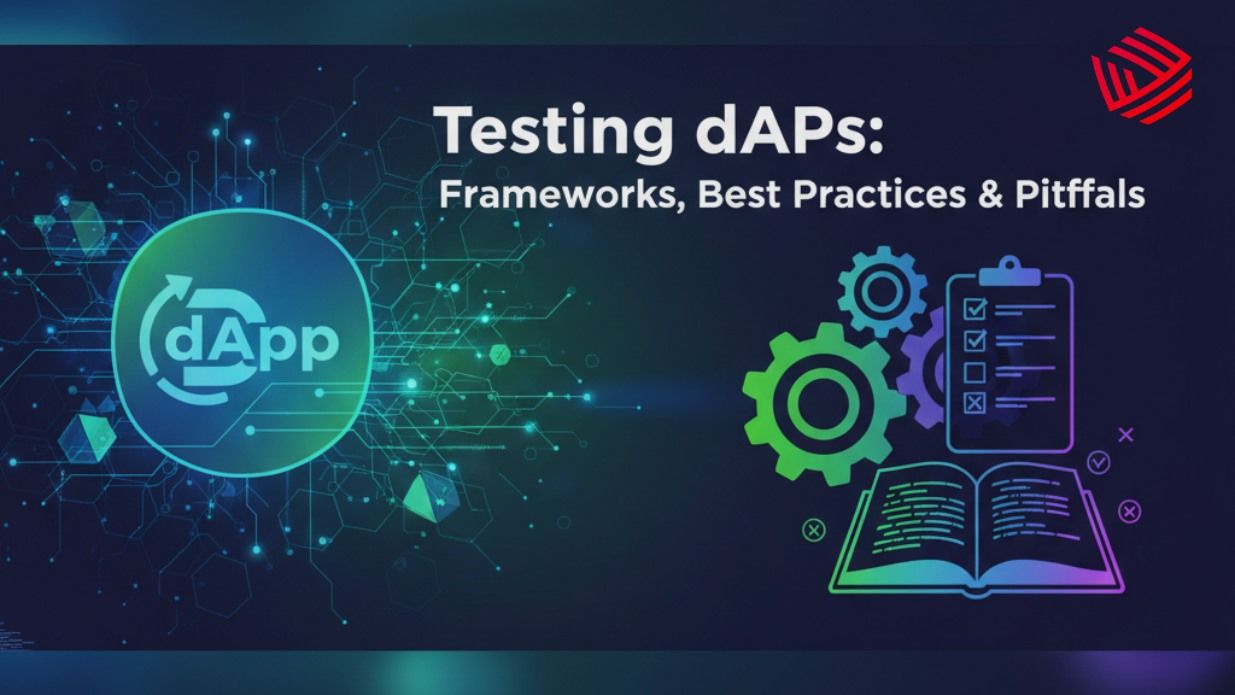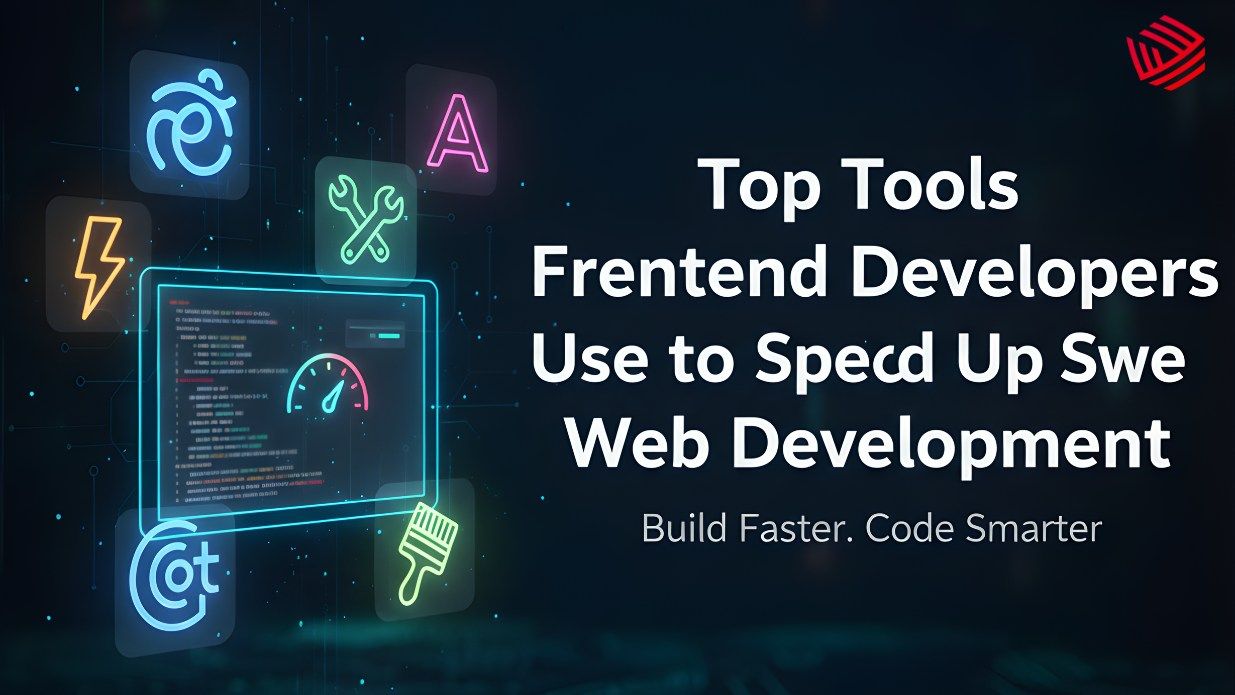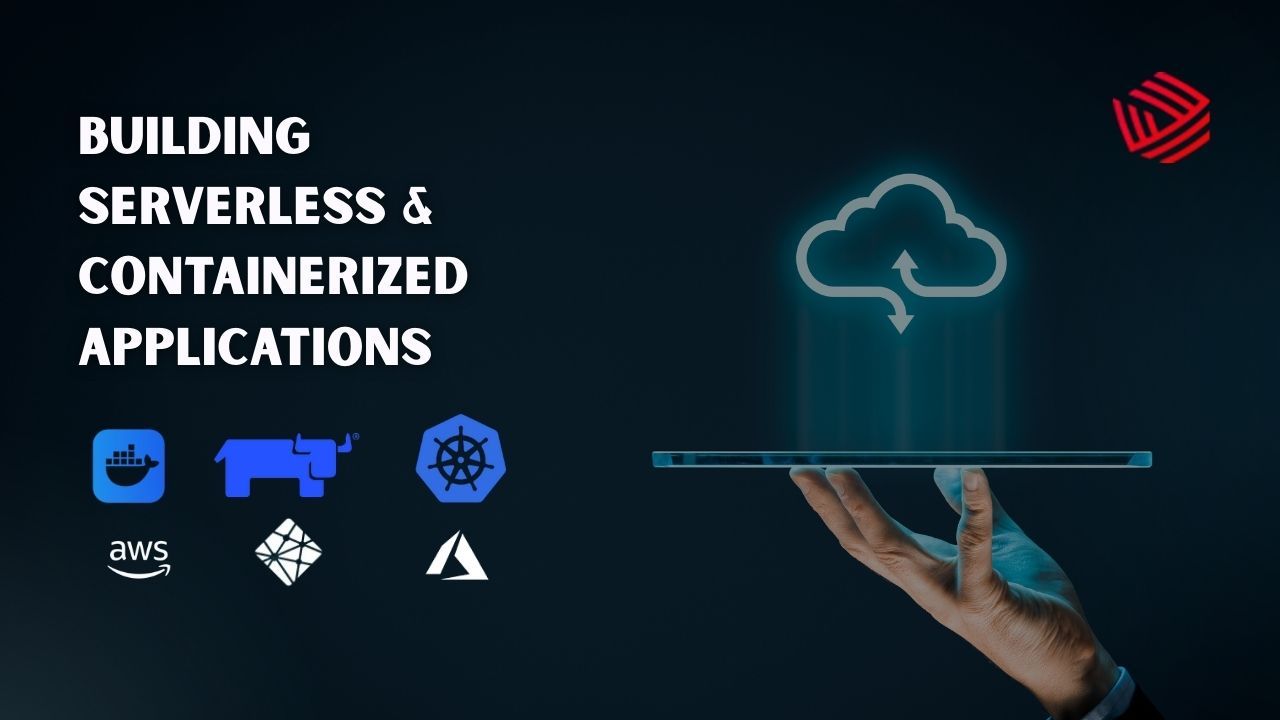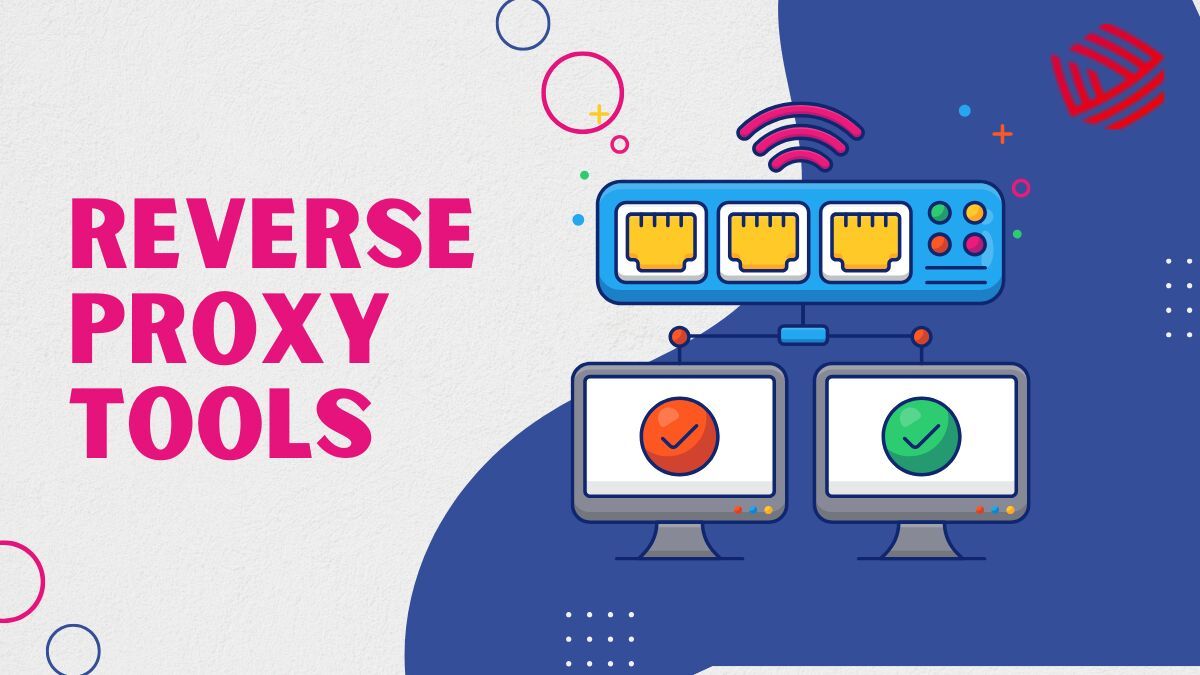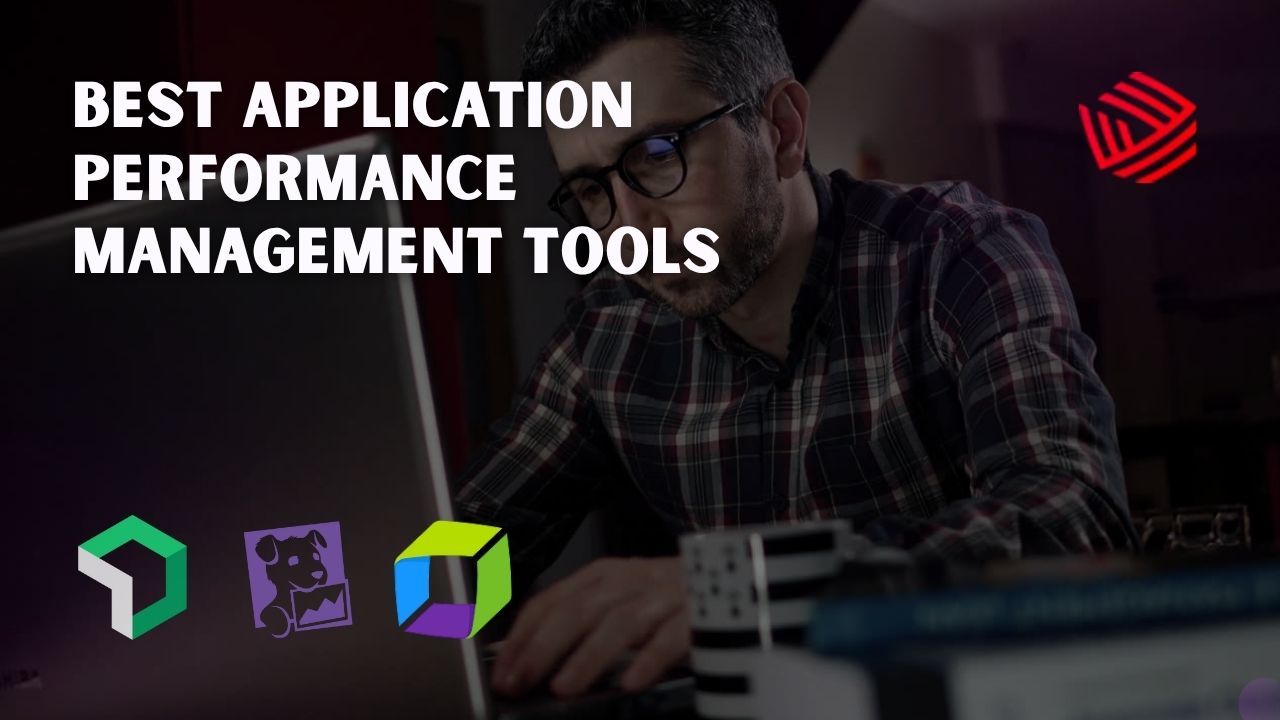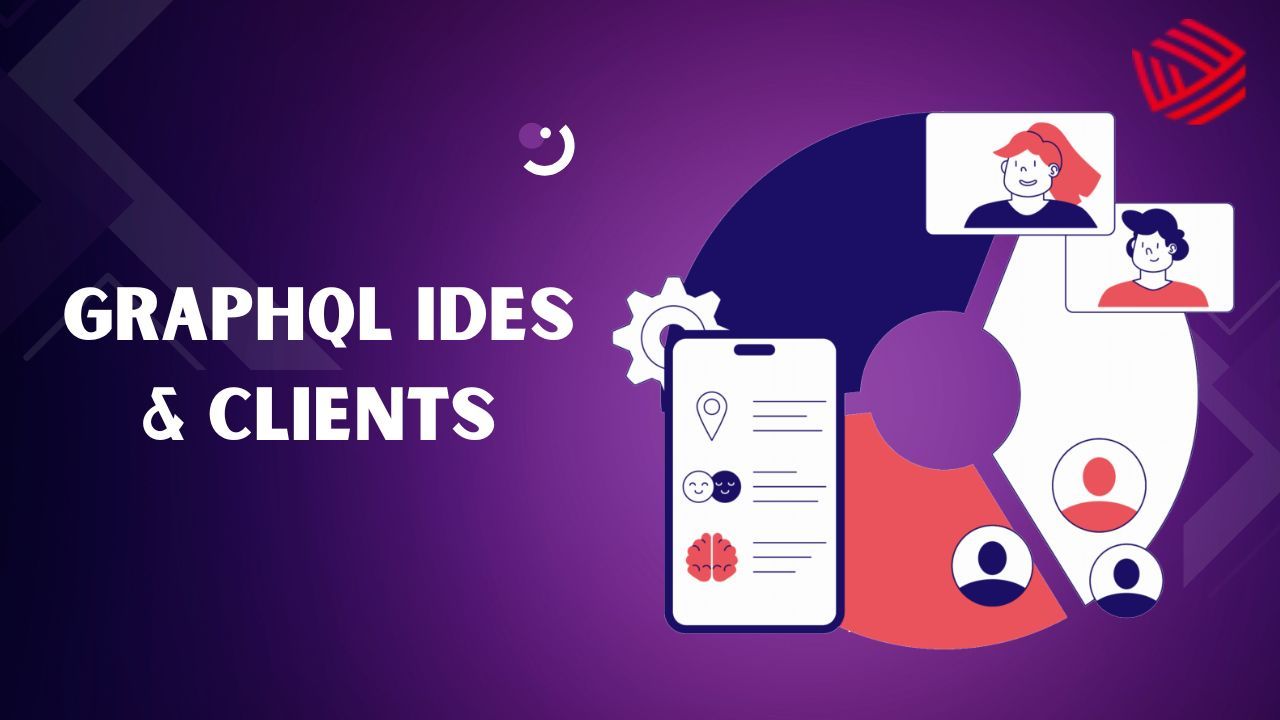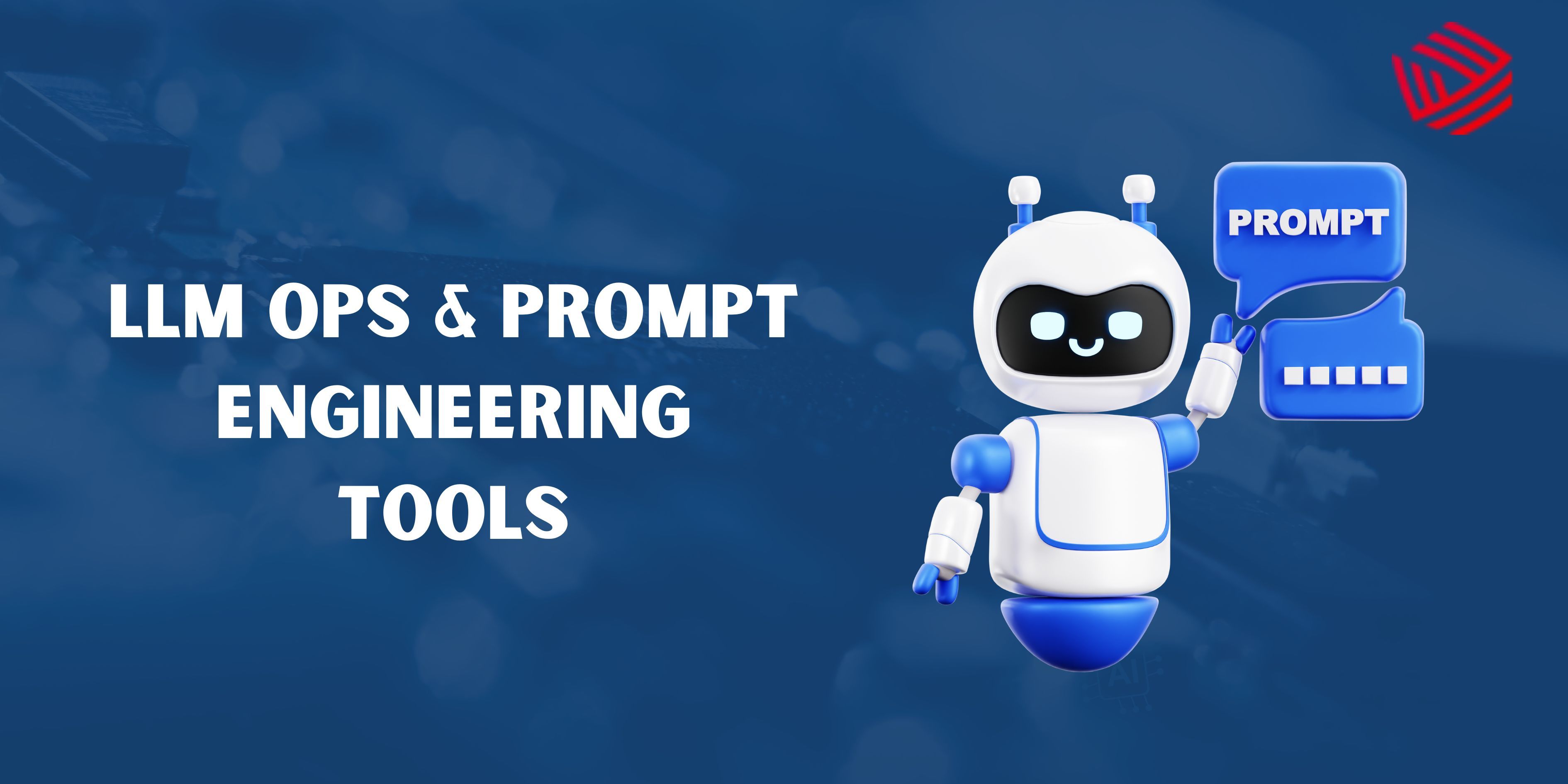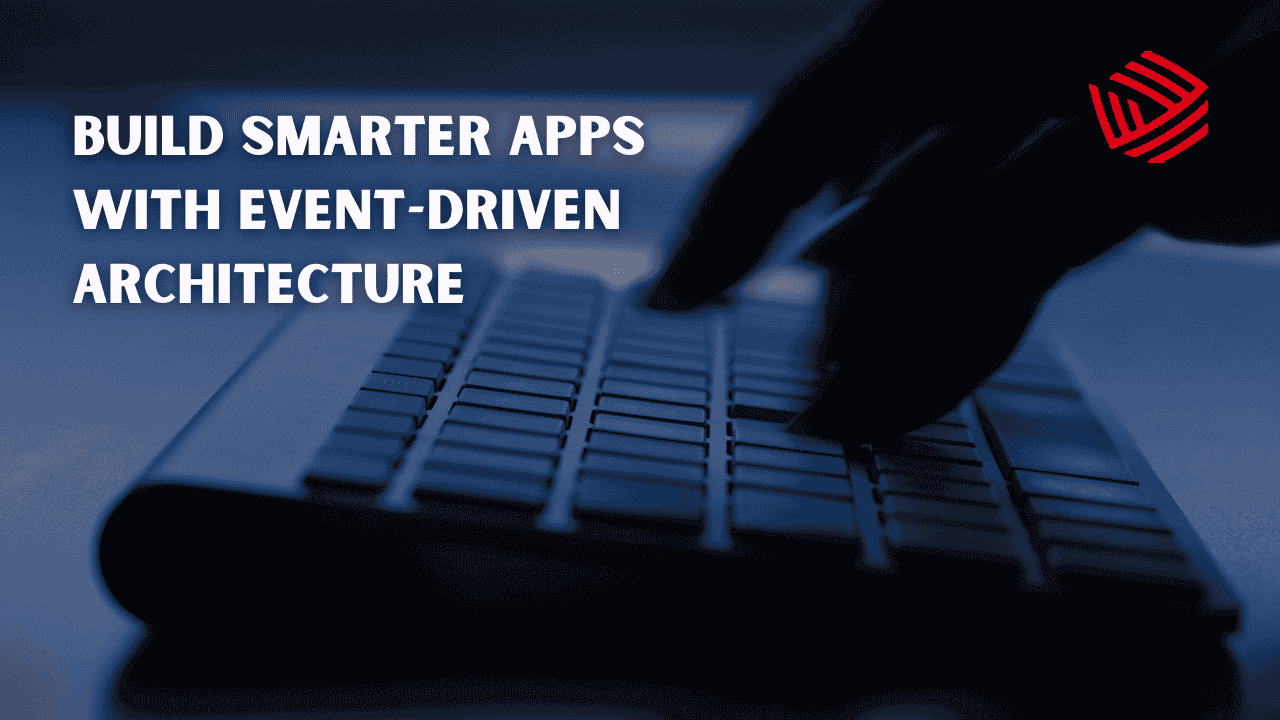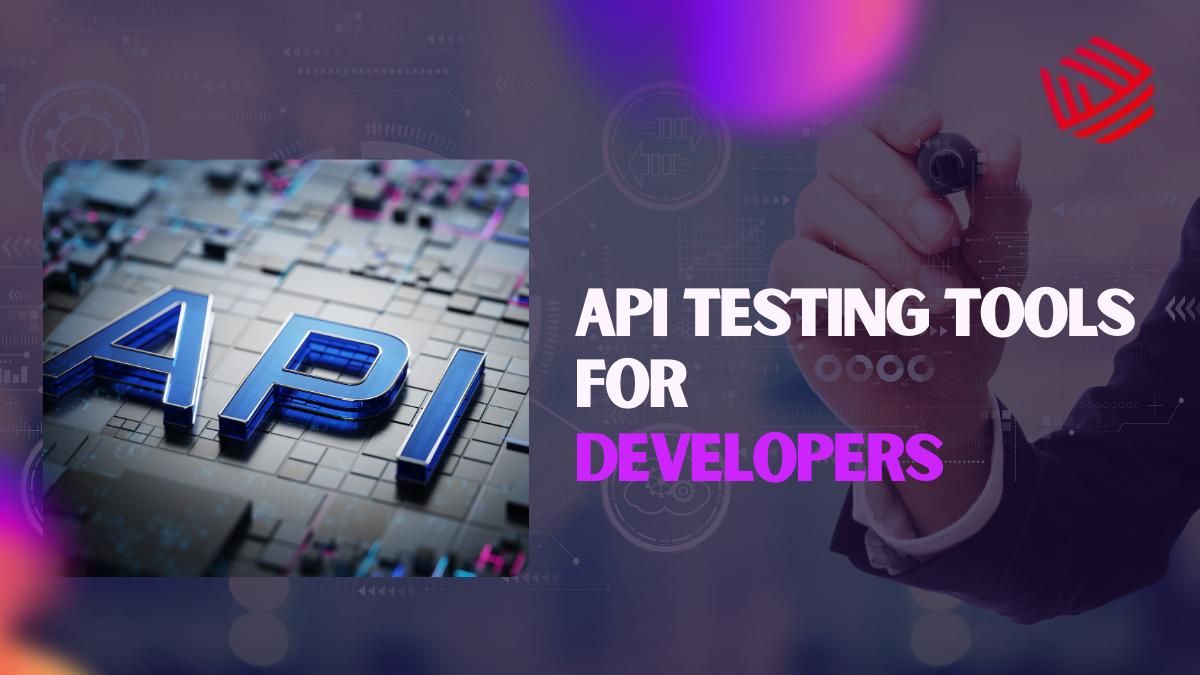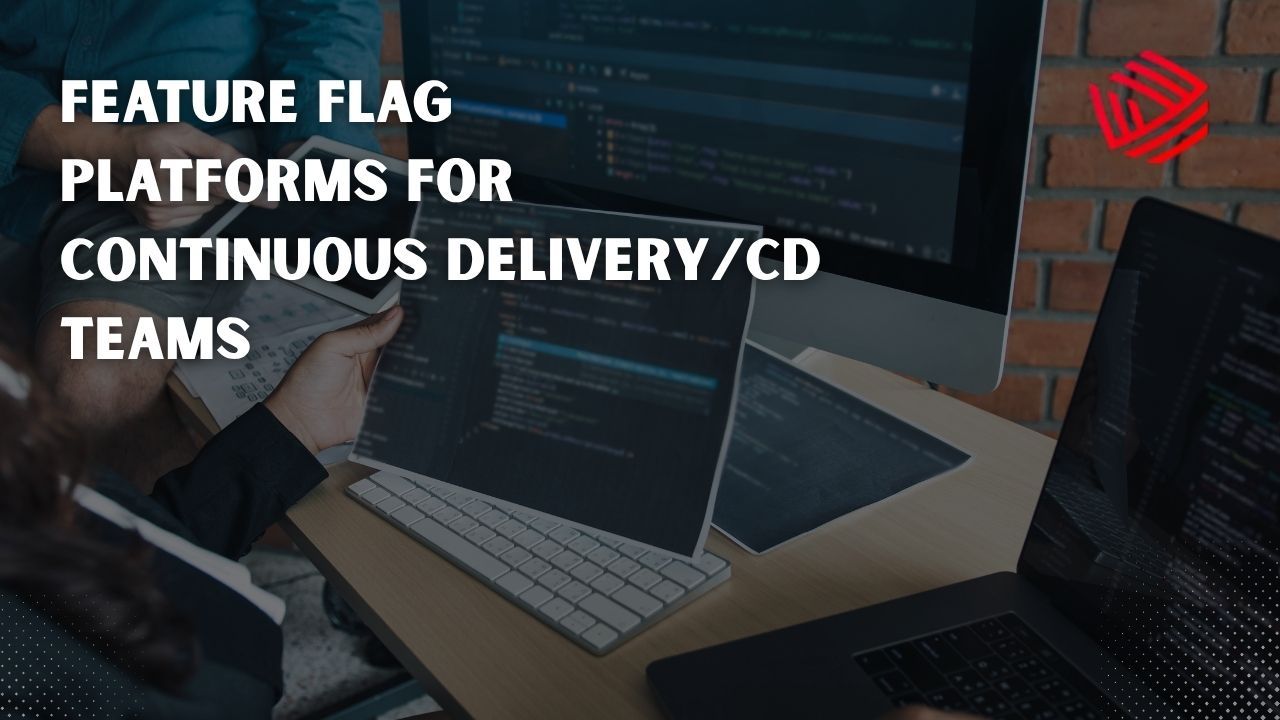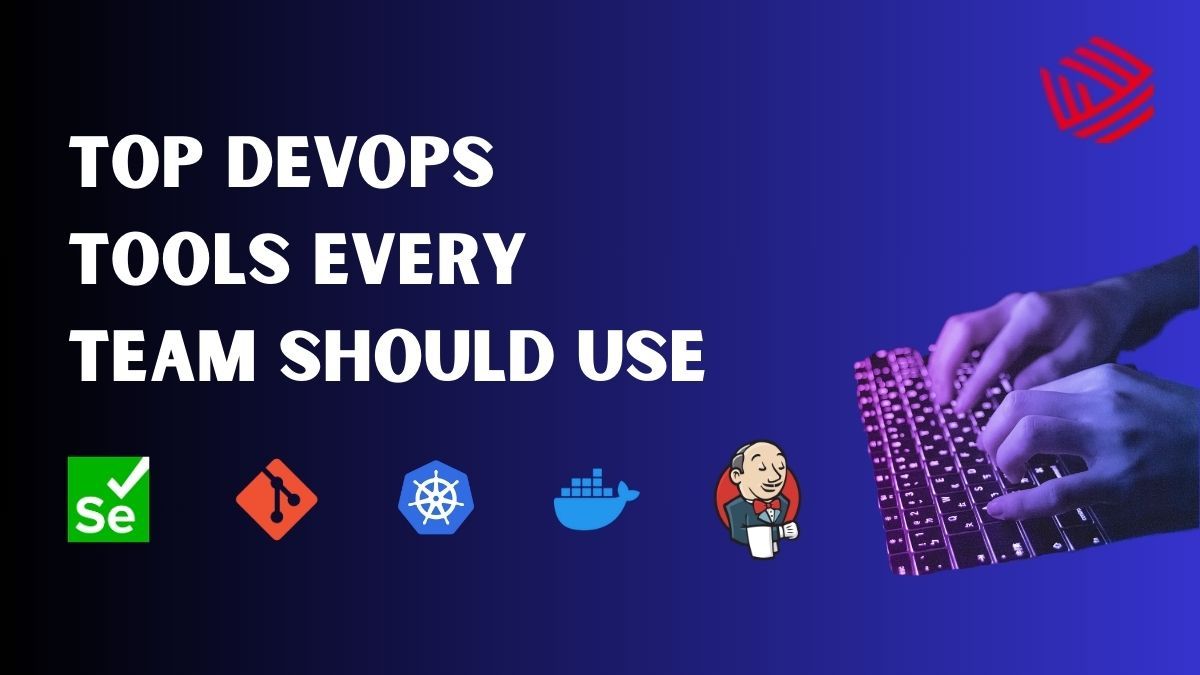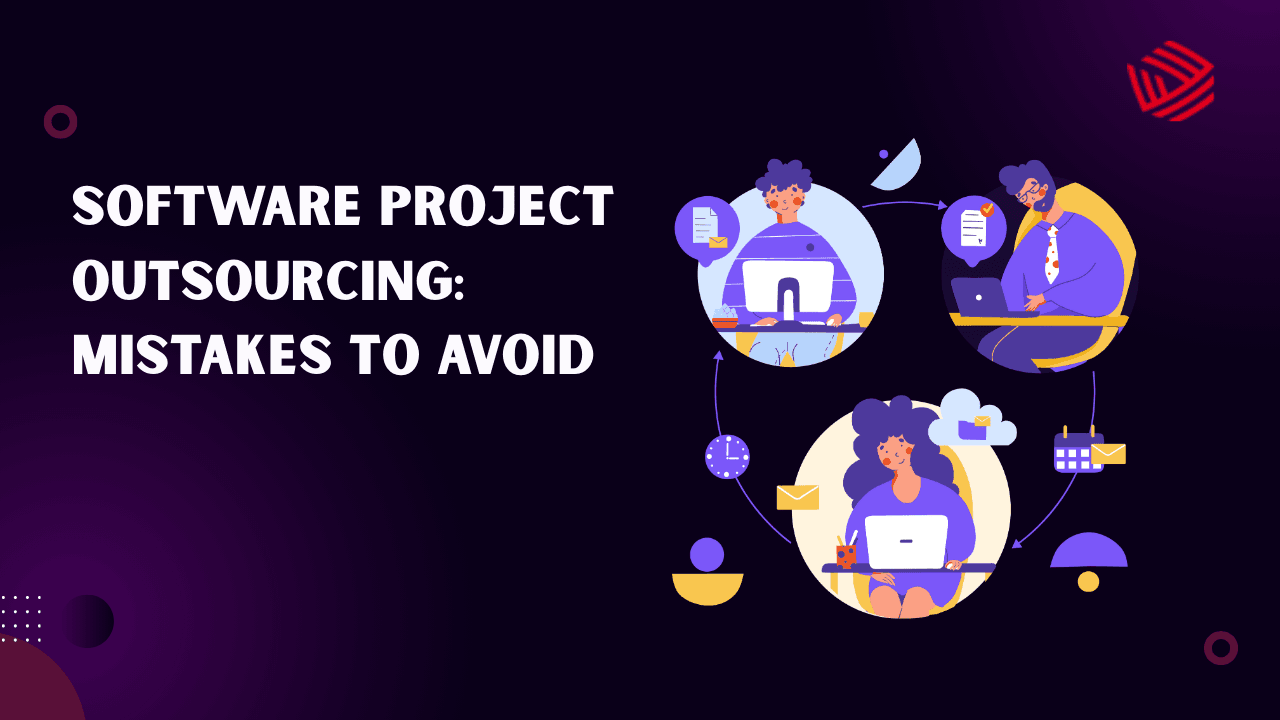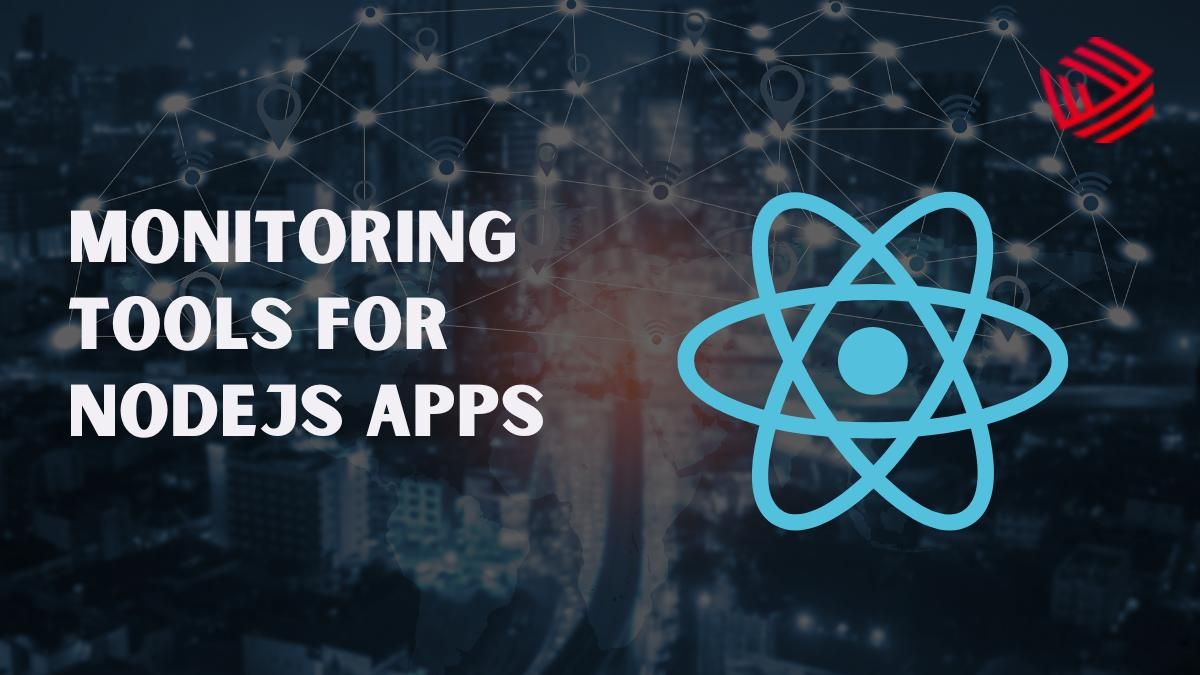GitOps is a paradigm that uses Git repositories to manage both infrastructure and application state—versioning everything as code, reviewing through merge/pull requests, and automatically syncing live systems to the declared state. Adopting GitOps means reducing manual processes, improving auditability and collaboration, and enabling teams to deploy with confidence. As development scales, GitOps workflows help enforce consistency across multiple clusters, environments, and teams. To make GitOps effective, you must choose tools that support declarative configurations, drift detection, multi-environment sync, CI/CD integration and strong collaboration hooks. According to recent surveys, selecting the right GitOps tool is critical for success at scale.
Argo CD
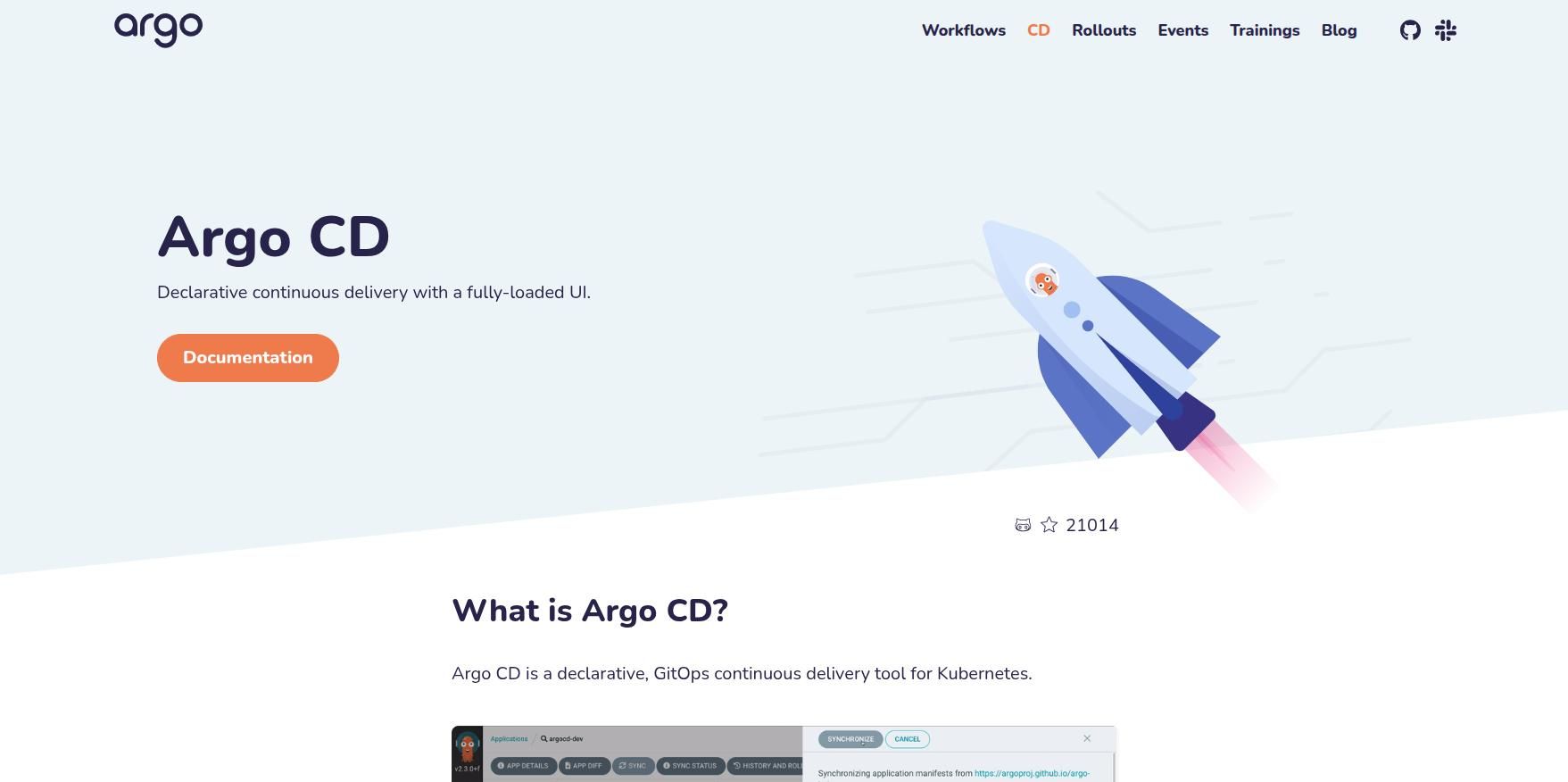
Argo CD is a Kubernetes-native GitOps continuous delivery tool that keeps your cluster in sync with Git repositories. It watches your manifests, Helm charts or Kustomize templates and applies changes automatically. The tool offers automatic rollbacks, visual dashboards, multi-cluster support and strong integrations with CI/CD pipelines. It’s widely used for teams deploying applications frequently to Kubernetes.
In addition to deployment automation, Argo CD supports granular access control and audit trails, ensuring compliance and transparency across teams. Developers can easily visualize the state of each application, compare live vs. desired configurations, and roll back to previous versions in seconds. Its declarative nature makes it ideal for large organizations that want predictable, traceable, and secure deployments within Kubernetes environments.
| Pros | Cons |
| Declarative continuous delivery | Steep learning curve for non-Kubernetes users |
| Auto sync and drift detection | Limited to environments compatible with Kubernetes |
| Visual UI & multi-cluster support | Configuration complexity increases with scale |
Flux CD
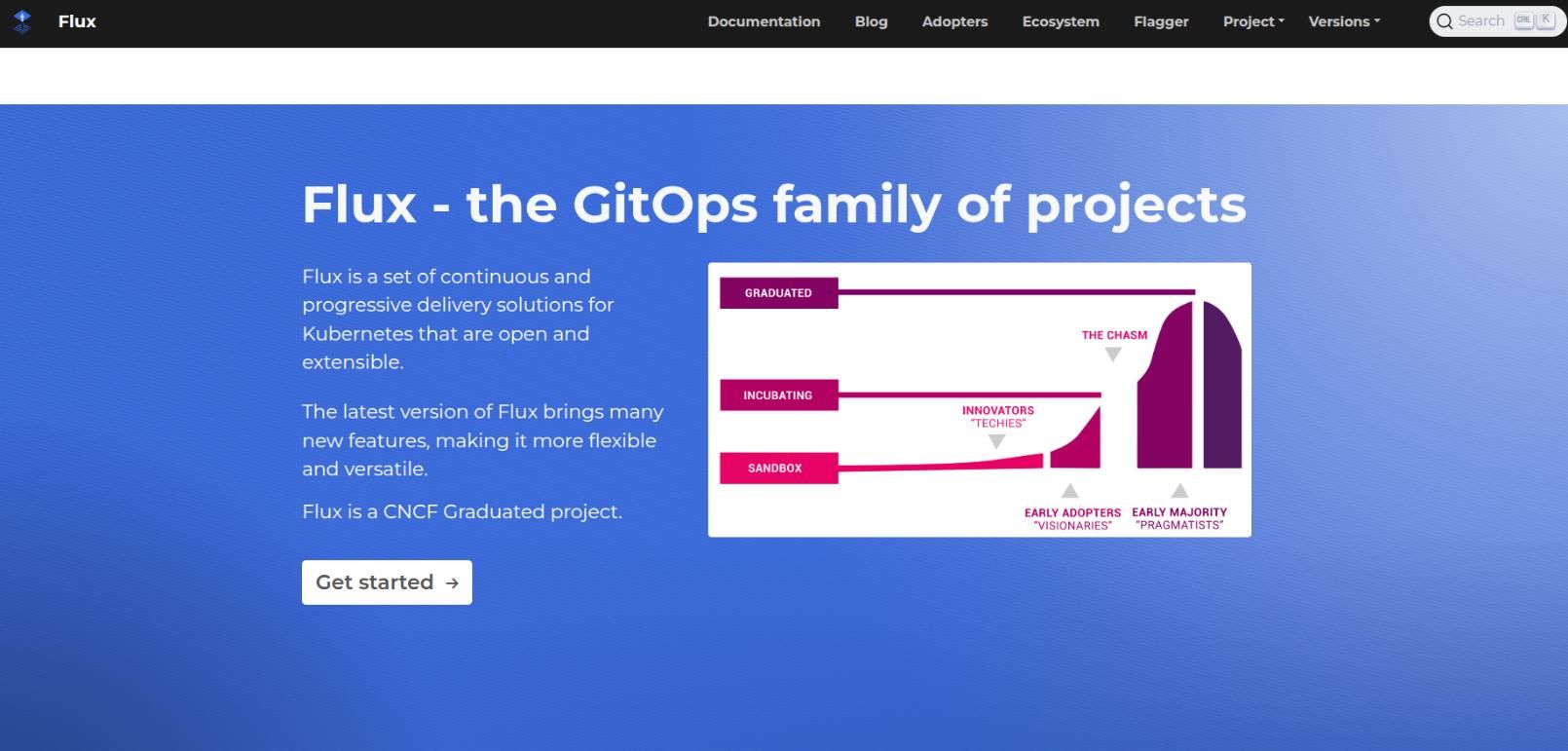
Flux CD is a CNCF-supported toolkit for GitOps that focuses on a modular, lightweight approach. It continuously reconciles the state in your Git repo with your clusters and supports OCI artifacts, multi-tenant environments and cloud provider integrations. Flux is especially good for teams who want a minimal footprint, CLI-centric operations or custom pipelines. With its ecosystem, it’s suited for platform engineering and scalable GitOps infrastructures.
Flux CD has strong integrations with Helm, Kustomize, and Terraform, allowing teams to manage both applications and infrastructure from a single Git repository. Its event-driven architecture enables faster reconciliation cycles and real-time drift correction. The ecosystem around Flux—especially its companion project “Weave GitOps”—offers dashboards, policies, and automation to further simplify large-scale operations across hybrid or multi-cloud deployments.
| Pros | Cons |
| Lightweight and modular GitOps engine | Requires advanced expertise to optimize |
| Strong multi-tenant and cloud support | Fewer built-in visual tools compared to alternatives |
| Works well for platform teams | Setup across many clusters may demand custom tooling |
Spacelift
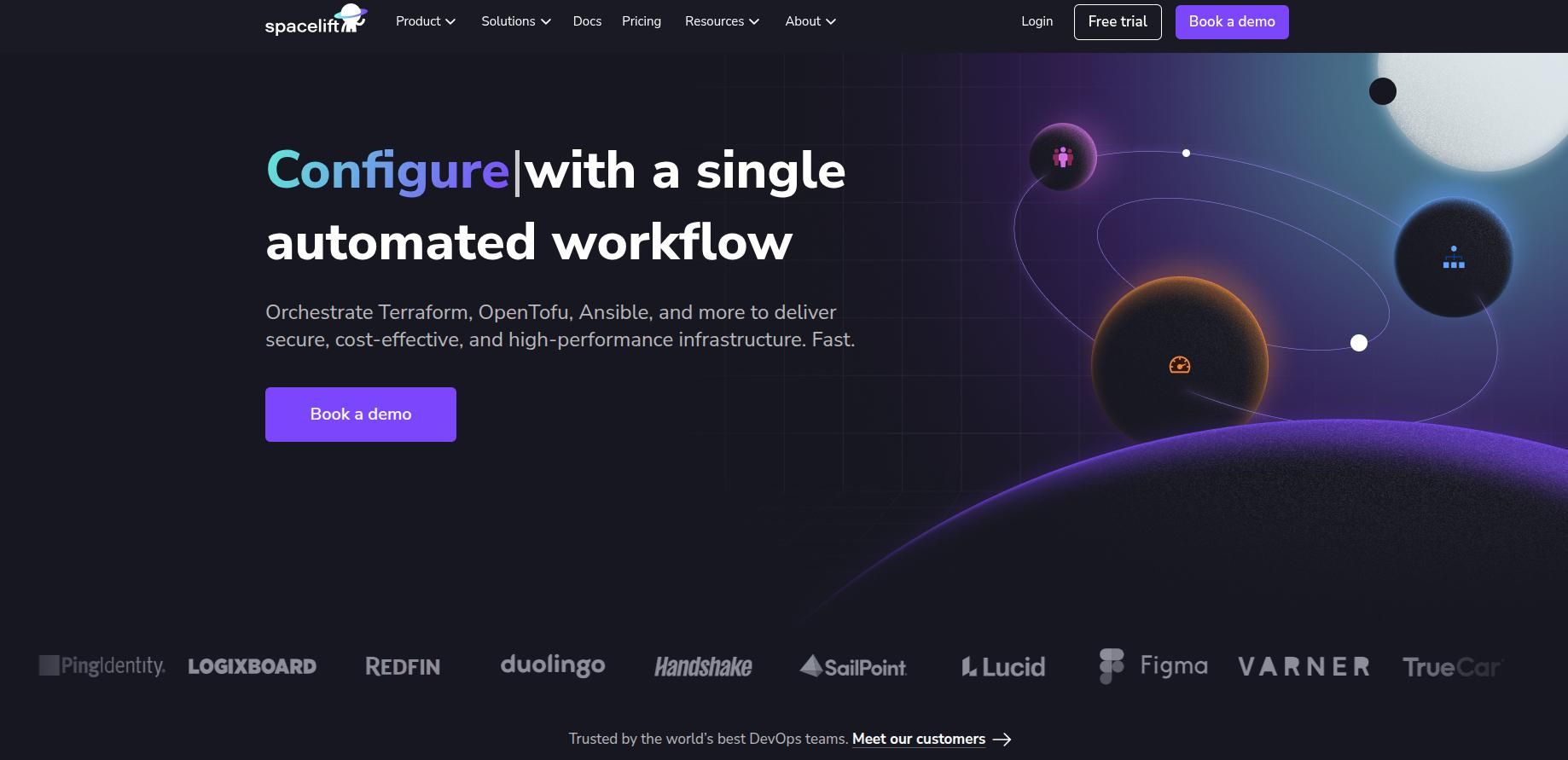
Spacelift is an infrastructure-and-GitOps automation platform supporting Terraform, Pulumi, Kubernetes, and more. It integrates Git as the source of truth for infrastructure changes and enables policies, drift detection and pull-request feedback loops. For teams managing cloud infrastructure and looking to streamline GitOps workflows across both app delivery and infrastructure, Spacelift offers a unified experience. It helps enforce guardrails and auditing as part of your GitOps practice.
Beyond automation, Spacelift’s integration with policy-as-code frameworks like Open Policy Agent (OPA) allows teams to enforce compliance and governance at scale. Its real-time drift detection and CI/CD triggers make it possible to maintain consistent infrastructure even during rapid changes. Spacelift also provides analytics and custom workflows to connect GitOps operations with incident management and observability tools.
| Pros | Cons |
| Unified GitOps for infra and apps | Premium pricing may not suit small teams |
| Built-in drift detection & policy enforcement | Learning curve around infrastructure domains |
| Works across multiple IaC tools | Some advanced integrations still maturing |
Codefresh
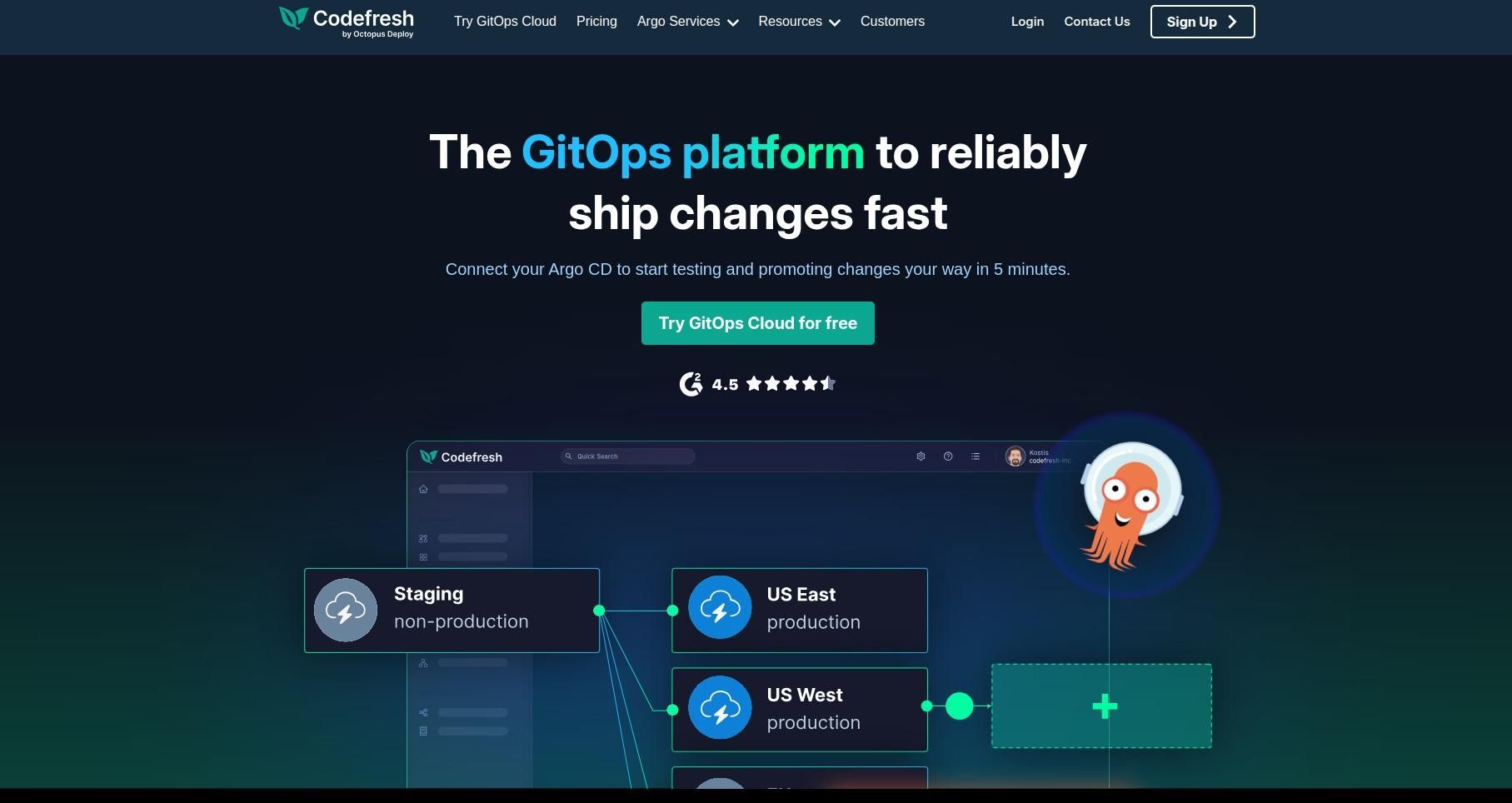
Codefresh is a SaaS GitOps platform built on top of Argo CD that adds visibility, templates and enterprise-ready workflows. It simplifies GitOps adoption with dashboards, team collaboration tools and built-in CI/CD triggers. It is ideal for teams that want rapid GitOps onboarding with minimal friction—especially those already using Kubernetes and wanting strong visual tooling.
The platform also includes integrations for security scanning, artifact tracking, and environment promotion pipelines, helping teams maintain high-quality deployments at every stage. Codefresh’s live dashboards offer a unified view of Git, CI/CD, and runtime state, allowing teams to spot issues quickly. With its managed Argo CD services, Codefresh eliminates much of the setup burden and ensures high availability for production GitOps pipelines.
| Pros | Cons |
| Easy onboarding into GitOps workflows | May be overkill for simple setups |
| Visual dashboards and templates | Dependency on SaaS vendor for certain features |
| Strong collaboration and audit features | Enterprise tiers cost can escalate |
GitLab (GitLab Agent & GitOps)
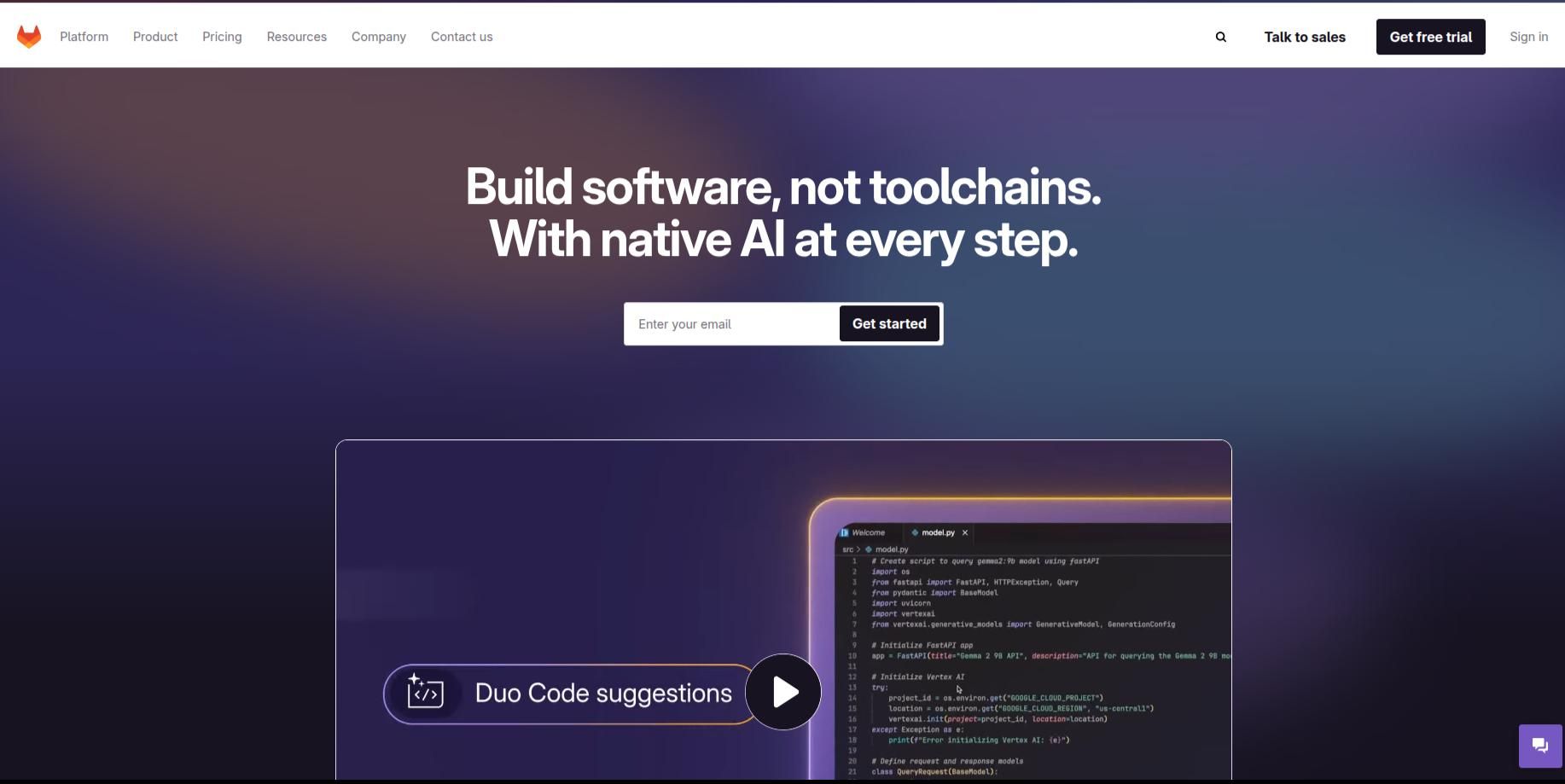
GitLab’s integrated DevOps platform includes agents and native support for GitOps workflows—making it possible to use Git repositories, CI/CD pipelines and GitLab features as part of your delivery pipeline. For teams already invested in GitLab, leveraging its GitOps capabilities can reduce tooling sprawl and unify source control, CI/CD and deployment into a single platform.
GitLab’s GitOps Agent enhances automation by enabling cluster monitoring, drift detection, and deployment rollbacks directly from the GitLab UI. Its integration with Merge Requests ensures that every infrastructure or application change goes through code review and approval workflows. By combining GitOps and DevSecOps under one umbrella, GitLab provides an end-to-end solution for secure, auditable, and scalable deployments.
| Pros | Cons |
| Unified GitOps and CI/CD in one platform | Some GitOps features still evolving |
| Deep integration with GitLab tooling | May lock you into GitLab ecosystem |
| Simplifies pipeline + deployment workflows | Large migrations may be complex |
Best Practices for Streamlining GitOps Workflows
- Use a single source of truth for your Git repositories—track both infrastructure and application changes.
- Automate merge/pull request reviews, pipelines, and deployment to eliminate manual steps and drift.
- Choose tools that support drift detection, multi-cluster sync, and declarative configuration to ensure consistency.
- Invest in visibility and audit logs to track who changed what, when, and why—this improves security and compliance.
- Encourage cross-team collaboration between dev, ops and platform engineering so GitOps becomes part of your culture, not just tooling.
Conclusion
Streamlining your GitOps workflows with the right tools makes deployments faster, safer and more consistent. Whether you’re using Argo CD for Kubernetes-native delivery, Flux CD for a modular toolkit, Spacelift for infrastructure-as-code GitOps, Codefresh for rapid team adoption or GitLab for unified CI/CD + GitOps—each option helps reduce manual effort and increase traceability. By aligning your tooling with best-practice workflows and automating the path from commit to cluster, you empower teams to deliver with speed and reliability. Embracing GitOps isn’t just about technology—it’s about enabling a culture of version-controlled deployment, continuous improvement and collaboration across your engineering organization.

